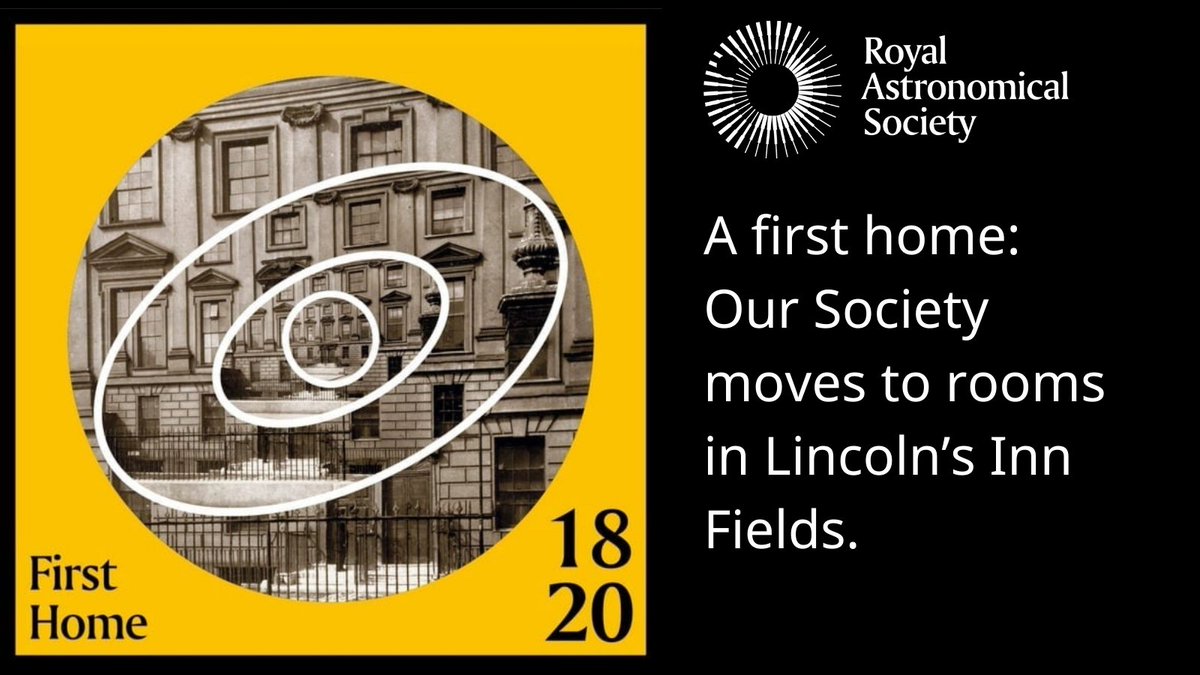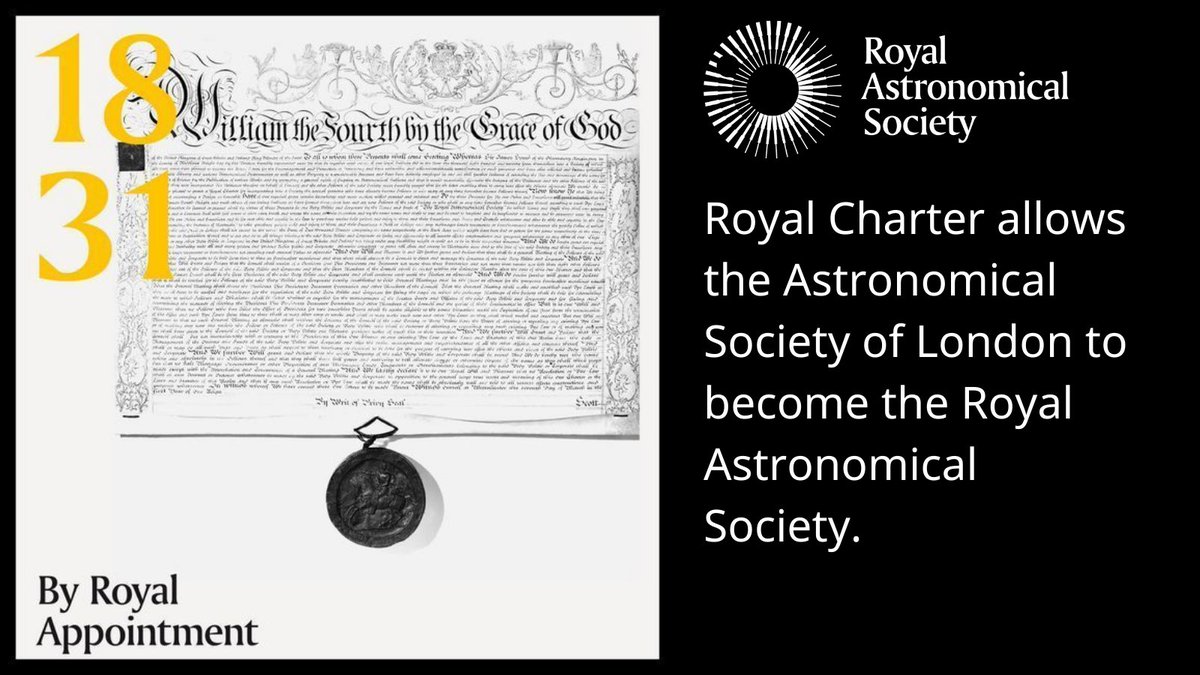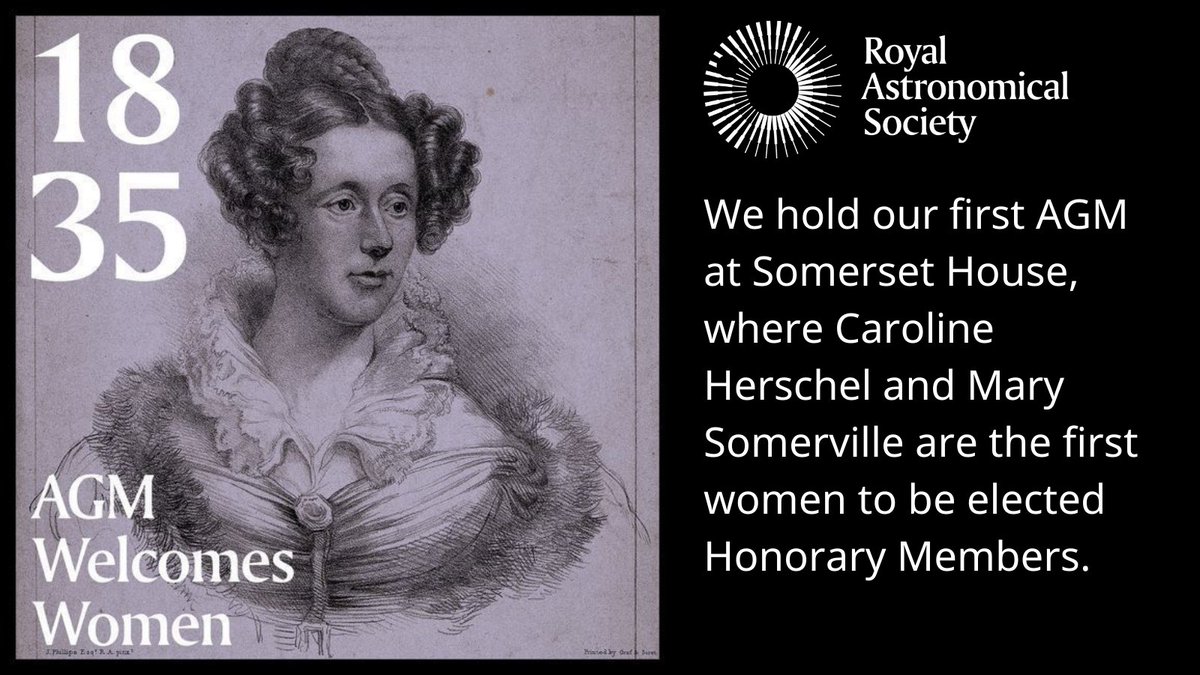
We are excited to finally unveil the RAS Bicentenary Timeline, a visual journey through 200 years of the Royal Astronomical Society. The Bicentenary Timeline celebrates the rich history of the RAS, and the evolution of astronomy and geophysics throughout our history. #RASTimeline 

The Timeline is soon to be an installation at our headquarters in London, but in the meantime, you can explore it virtually at ras.ac.uk/timeline, or via Instagram at instagram.com/rastimeline/.
The Timeline allows you to scroll through our history and have a read of the specific moments in RAS history that makes the Society what it is today.
Read all about this eagerly-anticipated project, and what members of the RAS team think, in the latest issue of A&G: academic.oup.com/astrogeo/artic…
You can also learn more about the project on our website: ras.ac.uk/news-and-press….
We hope you enjoy taking a look back through 200 years of the RAS!
We hope you enjoy taking a look back through 200 years of the RAS!
Thank you to @PHILPOTTdesign for bringing their creative vision to our Bicentenary Timeline and producing a spectacular piece of art from our Society's history.
Throughout December, we'll be adding to this thread with highlights from our Bicentenary Timeline!
1820: A First Home.
Image credit:
57-60 Lincoln's Inn Fields, c. 1882
© Royal Academy of Arts, London. Photographer: Prudence Cuming Associates Limited.
Image credit:
57-60 Lincoln's Inn Fields, c. 1882
© Royal Academy of Arts, London. Photographer: Prudence Cuming Associates Limited.

1831: By Royal Appointment.
Image credit:
Charter of the Royal Astronomical Society, 1831
© Royal Astronomical Society/Science Photo Library
Image credit:
Charter of the Royal Astronomical Society, 1831
© Royal Astronomical Society/Science Photo Library

1835: AGM Welcomes Women
Image credit:
Portrait of Mary Somerville
Wellcome Collection
Somerville's presentation copy of Mechanism of the Heavens
© Royal Astronomical Society
Image credit:
Portrait of Mary Somerville
Wellcome Collection
Somerville's presentation copy of Mechanism of the Heavens
© Royal Astronomical Society

• • •
Missing some Tweet in this thread? You can try to
force a refresh




